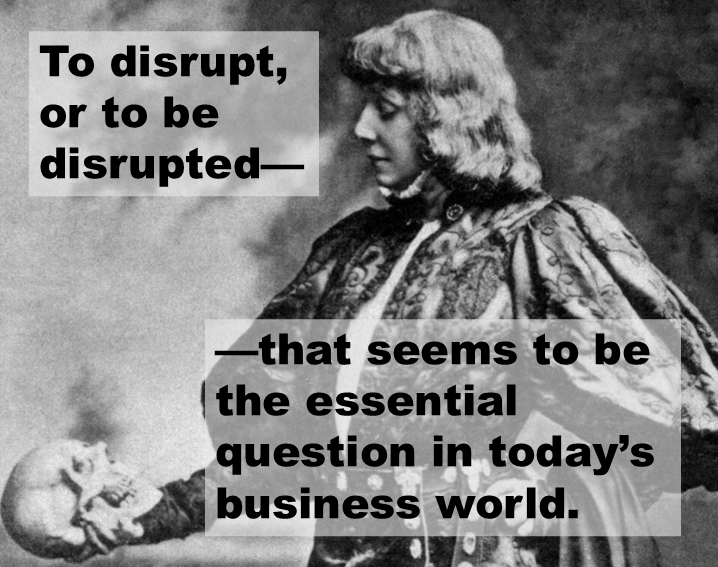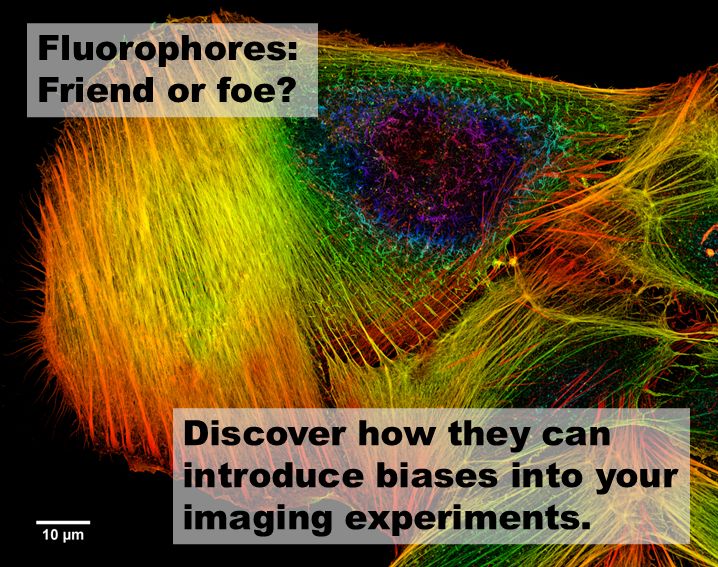Innovation is the lifeblood of companies, driving competitiveness, fostering economic growth, and propelling societal progress. At the core of innovation within organizations lies the Research and Development (R&D) department—a powerhouse of creativity and problem-solving. To better understand this concept, let’s explore it through the lens of Star Trek, where the principles of R&D resonate closely with those found in earthly organizations.
The R&D Playground
Imagine Starfleet’s R&D as a vibrant playground where ideas come to life. On one side, we have research, where inquisitive minds like Dr. Beverly Crusher and Lt. Cmdr. Data embark on journeys into the unknown, driven by curiosity and a thirst for knowledge. These individuals are not just exploring for exploration’s sake; they are seeking answers to complex questions that could redefine our understanding of the universe. On the other side, development takes these brilliant ideas and transforms them into tangible technologies and solutions, ready for deployment across the fleet. This transformation is crucial, as it bridges the gap between theoretical possibilities and practical applications.
The Research Mindset: Curiosity Unleashed
Research in Starfleet is akin to a treasure hunt. Researchers dive into uncharted territories, seeking new insights and discoveries. They ask questions such as:
- What happens when we encounter a new species?
- Can we harness the energy of a dying star?
- How does Borg technology function?
This phase is characterized by experimentation and theoretical exploration, often involving a considerable amount of trial and error. The research mindset embraces uncertainty and values the journey of discovery, even when it leads to unexpected outcomes. This approach is essential because it allows researchers to explore a wide array of possibilities without the immediate pressure of producing results. After all, some of Starfleet’s most significant advancements emerged from failed experiments! These failures are not setbacks but stepping stones that lead to breakthroughs.
The Development Mindset: Turning Ideas into Reality
Once valuable insights are uncovered, the development team refines these findings into practical applications. This phase focuses on real-world implementation, posing questions like:
- How can we convert this discovery into new starship technology?
- What are the costs associated with modifying the ship’s systems?
- How will crew members interact with this new technology?
The development mindset is results-oriented, emphasizing efficiency, feasibility, and user experience. It’s where creativity merges with practicality, shaping ideas into operational solutions that enhance Starfleet’s capabilities. This phase requires a meticulous approach to ensure that the innovations are not only groundbreaking but also functional and user-friendly. The development team must consider various factors, including resource allocation, integration with existing systems, and the potential impact on the crew’s daily operations.
The Average Ratio: Balancing Act in Starfleet R&D
In Starfleet, a common average ratio is approximately 1:3, meaning for every dilithium crystal spent on research, three are invested in development. This reflects investment ratios seen in various industries on Earth, depending on the field. This ratio underscores the importance of balancing exploration with execution. While research is essential for discovering new possibilities, development ensures that these possibilities are realized and contribute to the organization’s goals.
Conclusion
In summary, Starfleet’s R&D department exemplifies the synergy of research and development, each playing a vital role in innovation. While research ignites curiosity—much like Capt. Picard’s quest for knowledge—development transforms those sparks into real-world solutions, such as advancements in warp drive technology. This synergy is equally present in earthly R&D departments, where exciting projects thrive and contribute to the advancement of society.
By understanding the dynamic interplay between research and development, organizations can harness the full potential of innovation, driving progress and achieving new heights in their respective fields. Whether in the vastness of space or within the confines of earthly industries, the principles of R&D remain a cornerstone of advancement and discovery.
Feature photo: CBS/Paramount
For further information or if you have any questions, please do not hesitate to contact me.



